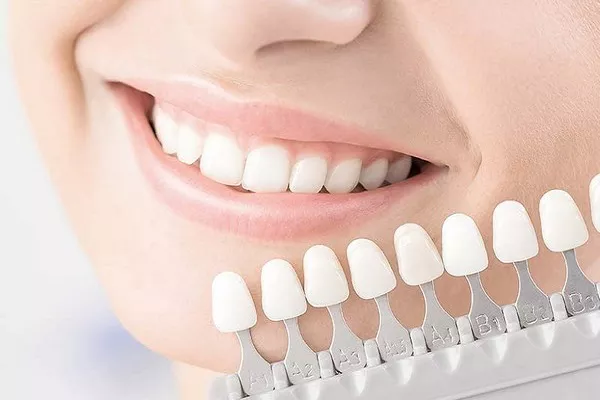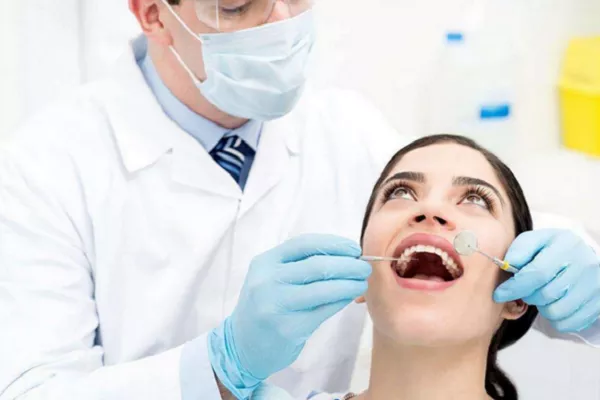Maintaining good oral health is crucial for overall well-being, and regular dental cleanings with X-rays play a pivotal role in achieving this goal. However, understanding the financial aspect of these procedures is equally important. In this article, we delve into the factors that influence the cost of dental cleaning with X-rays, helping you gain insights into the average expenses associated with this essential aspect of oral care.
Factors Affecting the Cost
Several factors contribute to the variation in the cost of dental cleaning with X-rays. These factors not only impact the overall price but also reflect the quality of care and the specific needs of each patient.
Geographical Location: The cost of dental services can vary significantly depending on the region or city you reside in. Urban areas tend to have higher living costs, which can translate to higher dental care expenses.
Dental Practice Type: The type of dental practice you visit can influence the cost. Specialized clinics or those located in posh neighborhoods might charge more due to their higher overheads and perceived exclusivity.
Extent of Cleaning Needed: The severity of your oral condition determines the extent of the cleaning required. A routine cleaning is less expensive than a deep cleaning for patients with gum disease or other dental issues.
Inclusion of X-rays: X-rays are essential for diagnosing hidden dental problems. The inclusion of X-rays in your cleaning appointment can impact the overall cost. Some clinics might bundle them into the cleaning package, while others charge separately.
Dentist’s Expertise: Highly experienced and reputable dentists might charge more for their services. Their expertise and skill often come at a premium.
Insurance Coverage: Dental insurance coverage plays a significant role in determining your out-of-pocket expenses. Familiarize yourself with your insurance policy’s terms and conditions to understand what procedures are covered.
Average Cost Breakdown
On average, the cost of a dental cleaning with X-rays can range from $75 to $200 or more. Here’s a breakdown of the typical expenses:
Basic Cleaning: A routine cleaning, also known as a prophylaxis, involves removing plaque, tartar, and surface stains. This procedure generally costs between $75 and $150.
Deep Cleaning: Patients with gum disease or excessive tartar buildup might require a deep cleaning, also called scaling and root planing. This more intensive procedure can range from $200 to $450 per quadrant of the mouth. The total cost depends on the number of quadrants requiring treatment.
X-ray Costs: Dental X-rays are crucial for identifying underlying dental issues. Bitewing X-rays, which show the upper and lower back teeth, typically cost $25 to $50. A full mouth series of X-rays can range from $100 to $200.
Ways to Save on Costs
While dental care is an investment in your health, there are ways to manage and potentially reduce the costs:
Dental Discount Plans: Consider enrolling in a dental discount plan if you don’t have insurance. These plans offer discounted rates for various dental procedures.
Negotiation: Inquire about potential discounts, especially if you’re paying out of pocket. Some dental practices offer reduced rates for cash payments or offer promotions during certain times of the year.
Dental Schools: Dental schools often provide services at a fraction of the cost, as procedures are performed by students under professional supervision.
Regular Oral Care: Maintaining good oral hygiene can prevent the need for extensive dental cleanings. Brushing, flossing, and using mouthwash regularly can significantly reduce tartar buildup.
Conclusion
Understanding the average cost of dental cleaning with X-rays is crucial for making informed decisions about your oral health. The expenses associated with these procedures can vary based on geographical location, the extent of cleaning needed, the inclusion of X-rays, and other factors. By exploring ways to save on costs and prioritizing preventive oral care, you can ensure a healthy smile without breaking the bank. Remember, investing in your oral health today can lead to significant savings in the long run.
Related Topics:





























